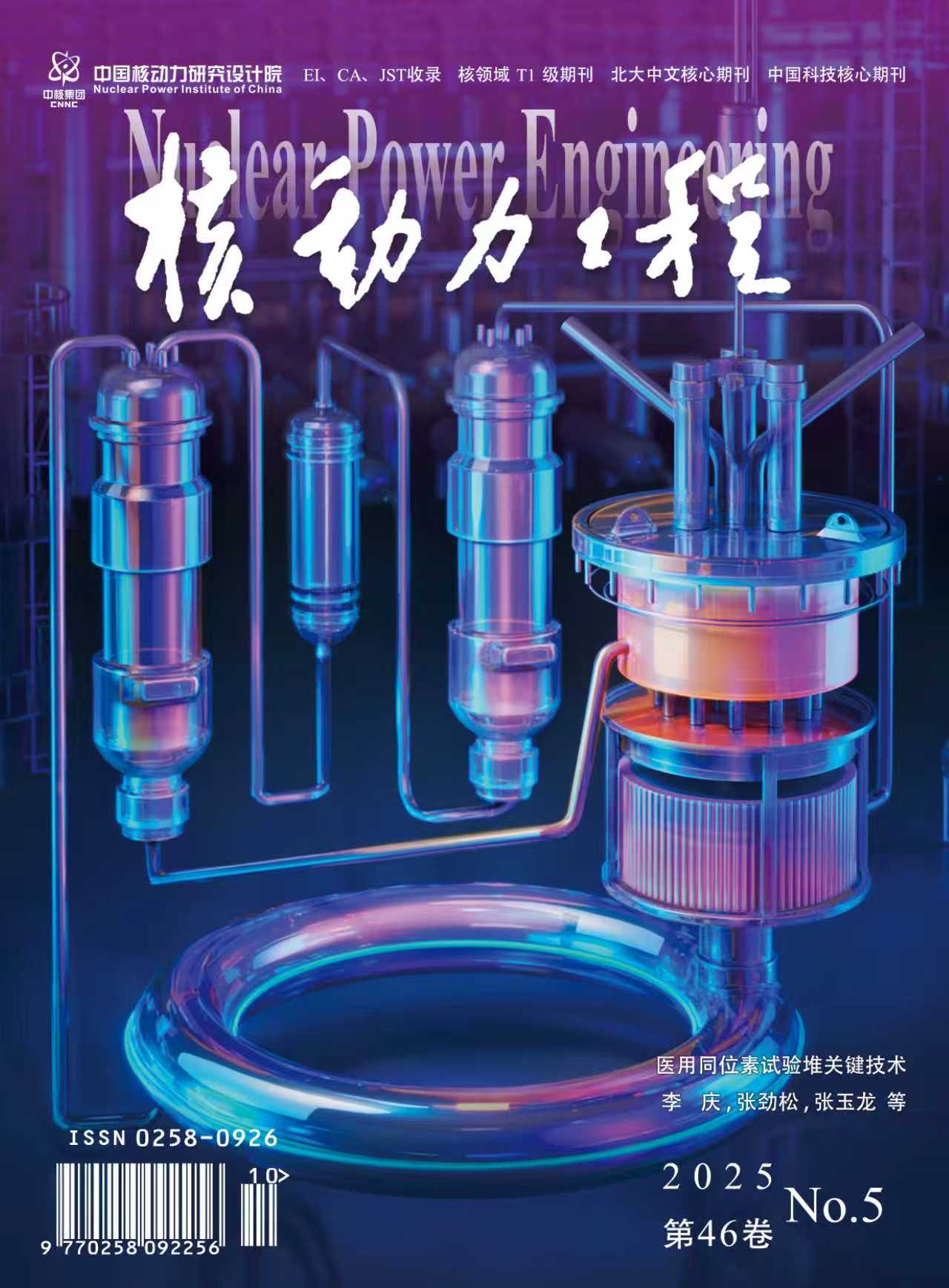2007 Vol. 28, No. S1
Display Method:
2007, 28(S1): 1-3,7.
Abstract:
2007, 28(S1): 4-7.
Abstract:
2007, 28(S1): 8-9,13.
Abstract:
2007, 28(S1): 10-13.
Abstract:
2007, 28(S1): 14-15,22.
Abstract:
2007, 28(S1): 16-18.
Abstract:
2007, 28(S1): 19-22.
Abstract:
2007, 28(S1): 23-26,52.
Abstract:
2007, 28(S1): 27-29.
Abstract:
2007, 28(S1): 30-34.
Abstract:
2007, 28(S1): 35-36,59.
Abstract:
2007, 28(S1): 37-39.
Abstract:
2007, 28(S1): 40-42.
Abstract:
2007, 28(S1): 43-44,55.
Abstract:
2007, 28(S1): 45-48.
Abstract:
2007, 28(S1): 49-52.
Abstract:
2007, 28(S1): 53-55.
Abstract:
2007, 28(S1): 56-59.
Abstract:
2007, 28(S1): 60-63.
Abstract:
2007, 28(S1): 64-66.
Abstract:
2007, 28(S1): 67-70.
Abstract:



